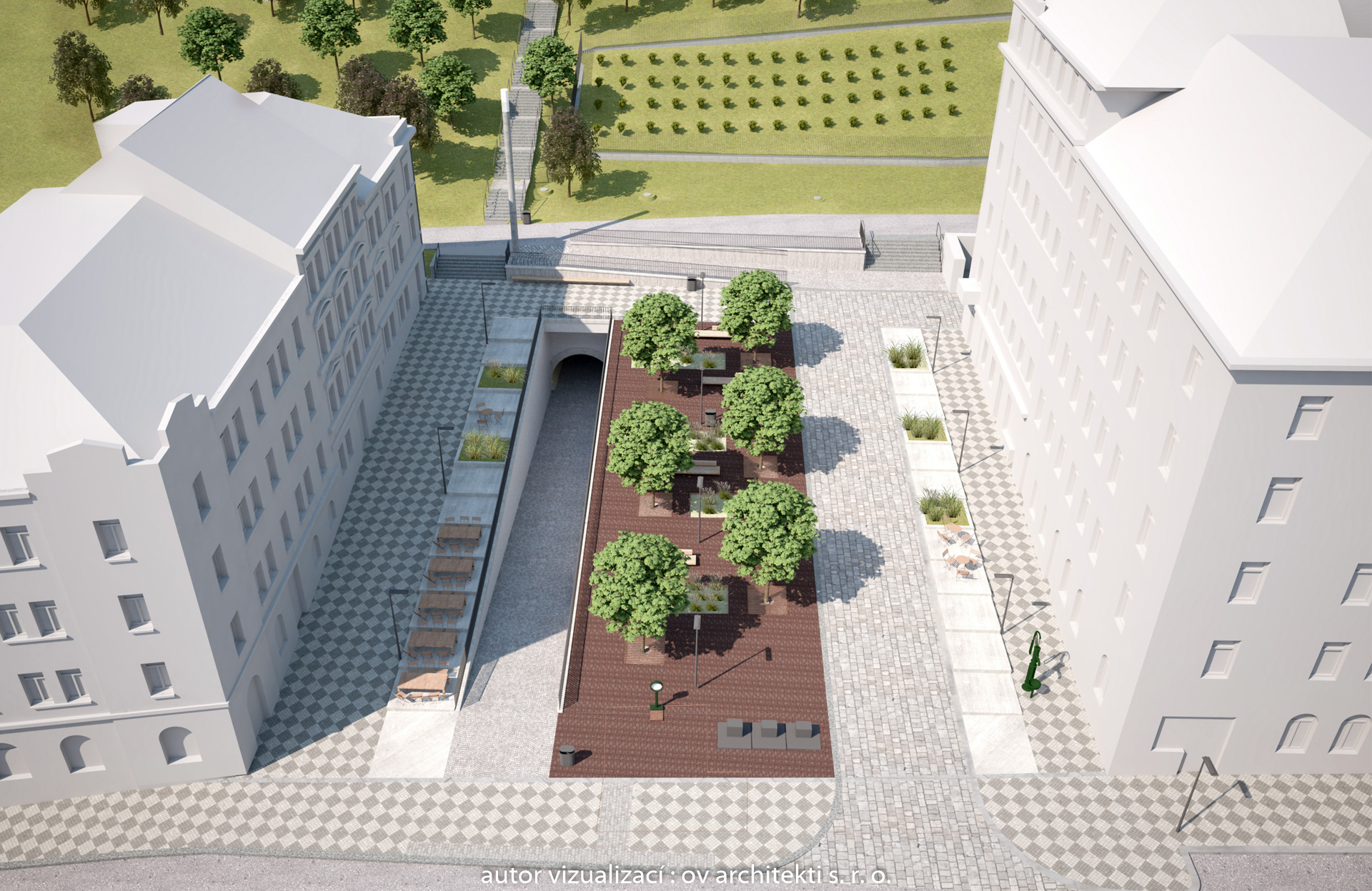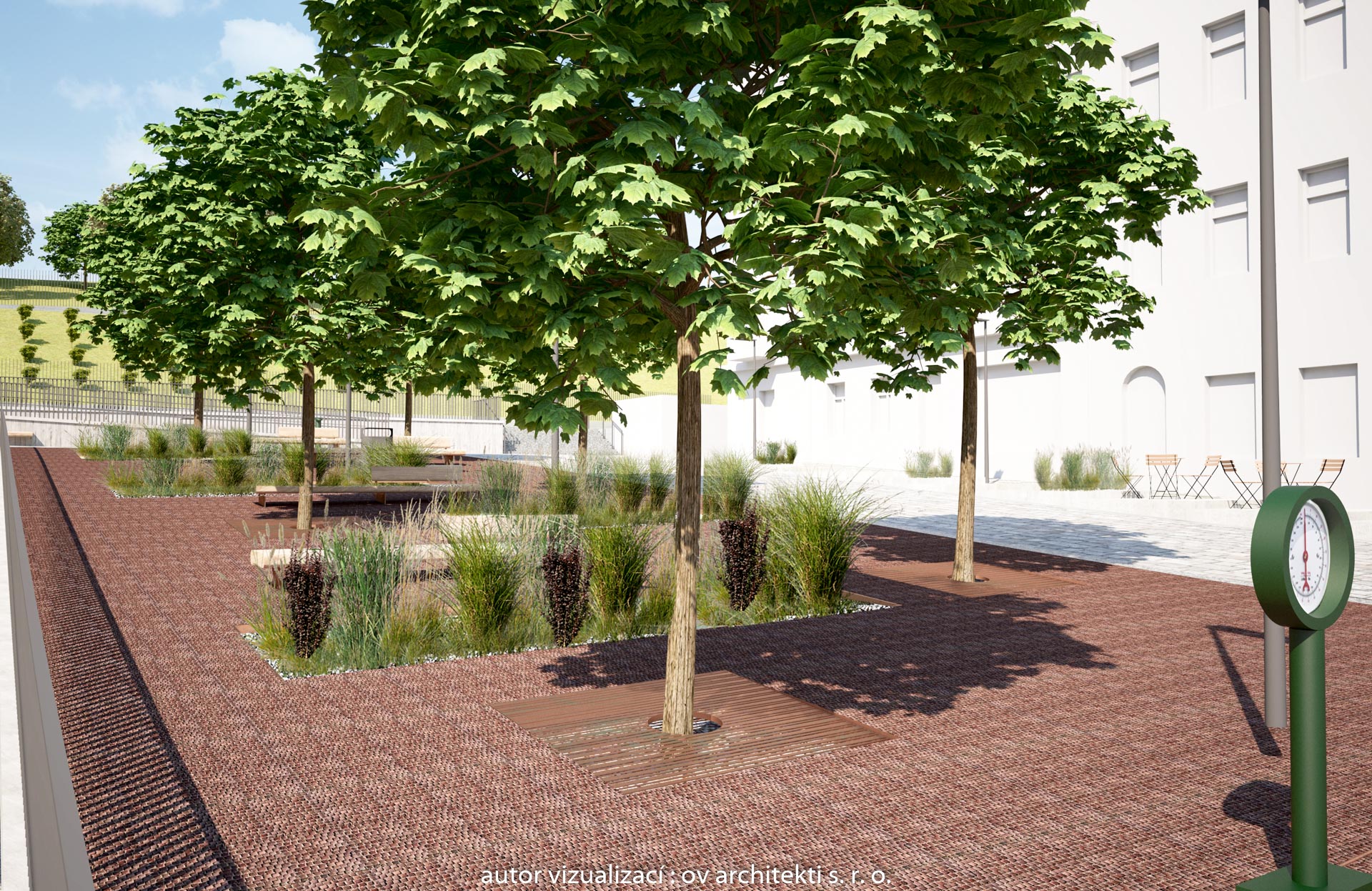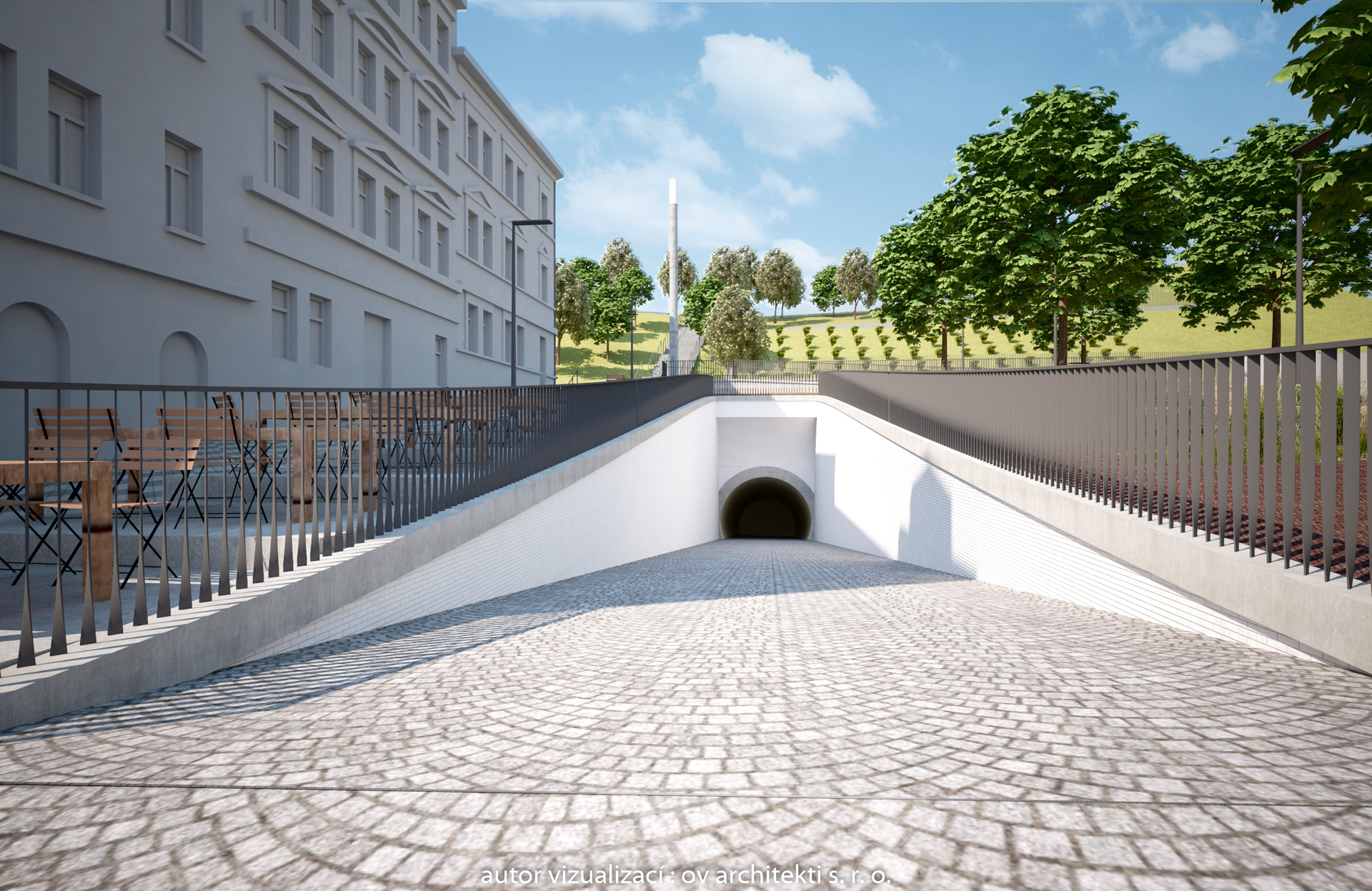This website uses cookies so that we can provide you with the best user experience possible. Cookie information is stored in your browser and performs functions such as recognising you when you return to our website and helping our team to understand which sections of the website you find most interesting and useful.
Location
Realestate VITKOVIA CENTRUM is situated in Prague 3, in the heart of historic Žižkov, close to Vítkov Park. Sitting at the intersection of Husitská, Pod Vítkovem and Prokopova streets.
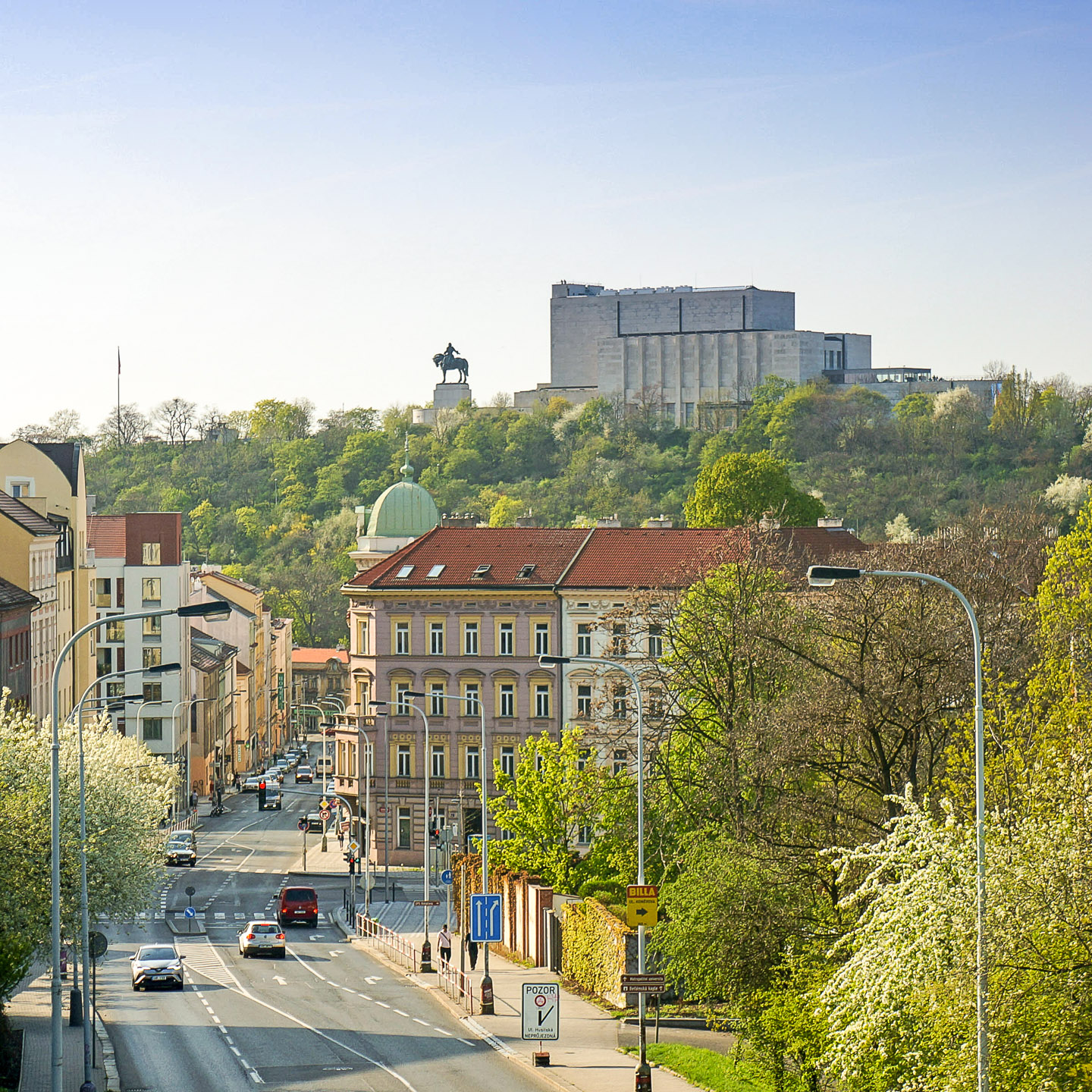
Žižkov
The present-day district of Žižkov was originally part of the sparsely populated countryside outside of Prague. Change came through the decision of Emperor Charles IV in 1358 to establish vineyards around Prague within a radius of about three miles. Residents of the hory viniční (“vineyard hills”) were given special rights, which were confirmed by other sovereigns, such as exemption from taxes.
On 16 July 1875 the Regional Committee, despite the opposition of the municipal council, divided Královské Vinohrady into two parts: Vinohrady I and Vinohrady II. The name Žižkov was officially accepted for Vinohrady I in August 1877, instead of the name Rudolfov in honor of the Austrian crown prince. Vinohrady II became Královské Vinohrady that same year. The first mayor of Žižkov was Charles Hartig, who is credited with the naming of streets, squares and houses after famous Czechs from Jan Hus to Komensky. On 15 May 1881, Emperor Franz Josef I promoted Žižkov to the status of a city. In the early 20th century, Žižkov developed into the “Bohemian” part of Prague, with many artists living or performing there. Writers Jaroslav Hašek (1883–1923) and Franta Sauer (1882–1947) wrote many of their works in Žižkov. In the 1980s, the cornerstone of a monument to Hašek was ceremonially laid on Olšanské Square, though the monument itself was eventually built on Prokop Square. Also, poet Jaroslav Seifert (1901–1986), winner of the Nobel Prize in Literature in 1984, was born and spent most of his life in Žižkov.
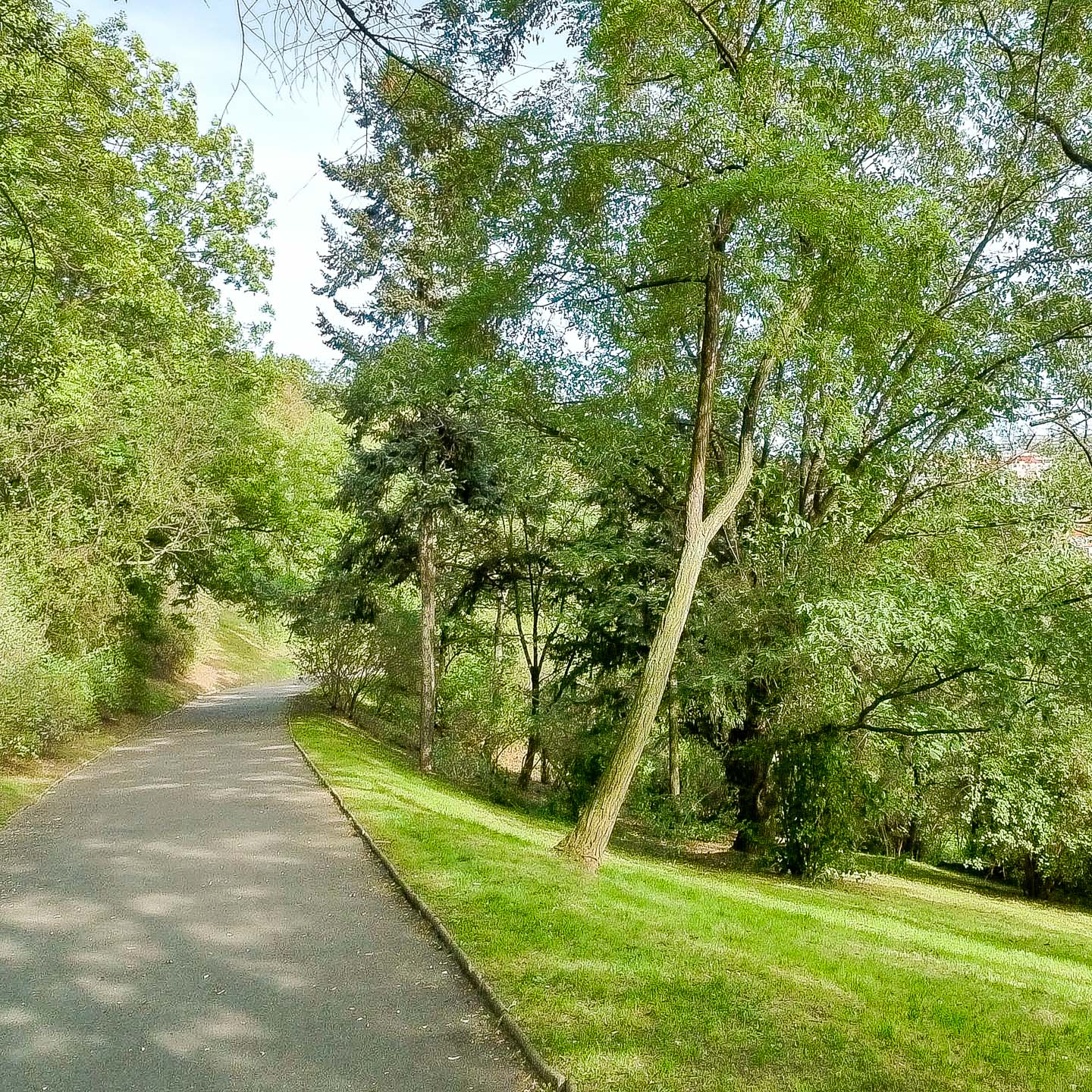
Bike Trail in Žižkov
The length of the trail is 2km and is in close proximity of VITKOVIA CENTRUM. The newly paved track offers a unique look at Prague. This cycle path is build on the top of railroad which was built in 1872. It was the railway from Prague to the town of Kralupy and then it ended in Turnov, so it was the route to the north. At that time it was the route from the Austro-Hungarian Empire nearly to the border with Prussia.
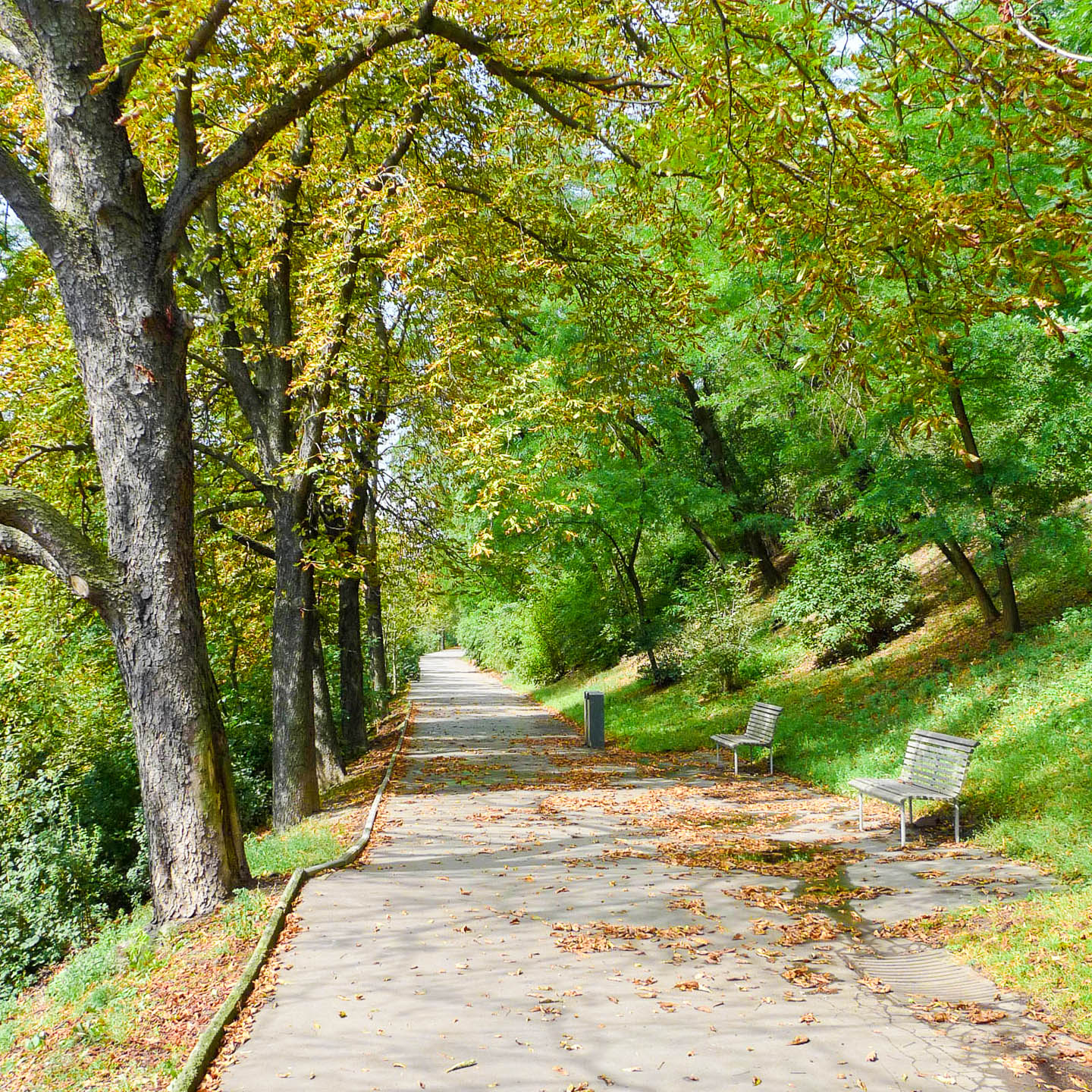

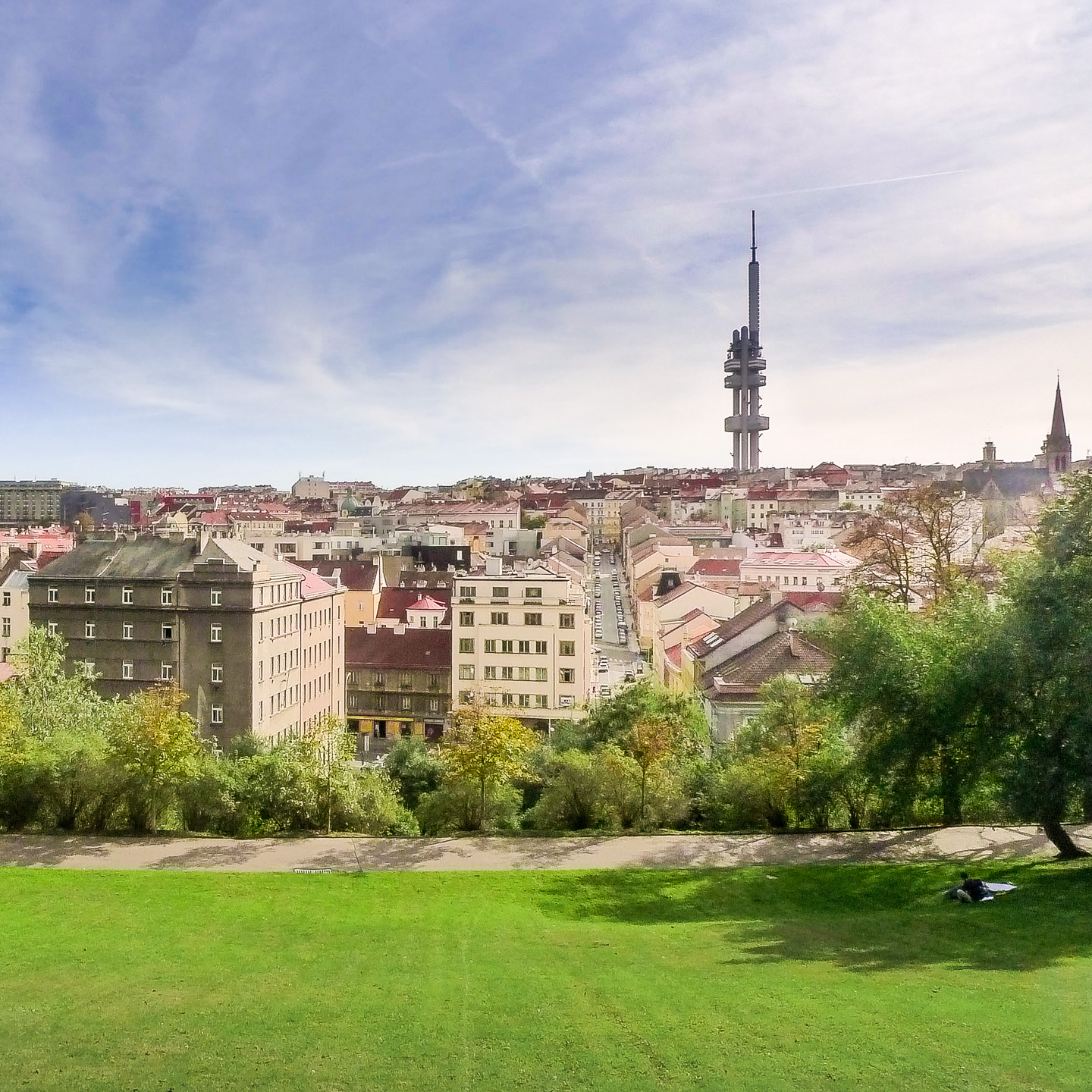
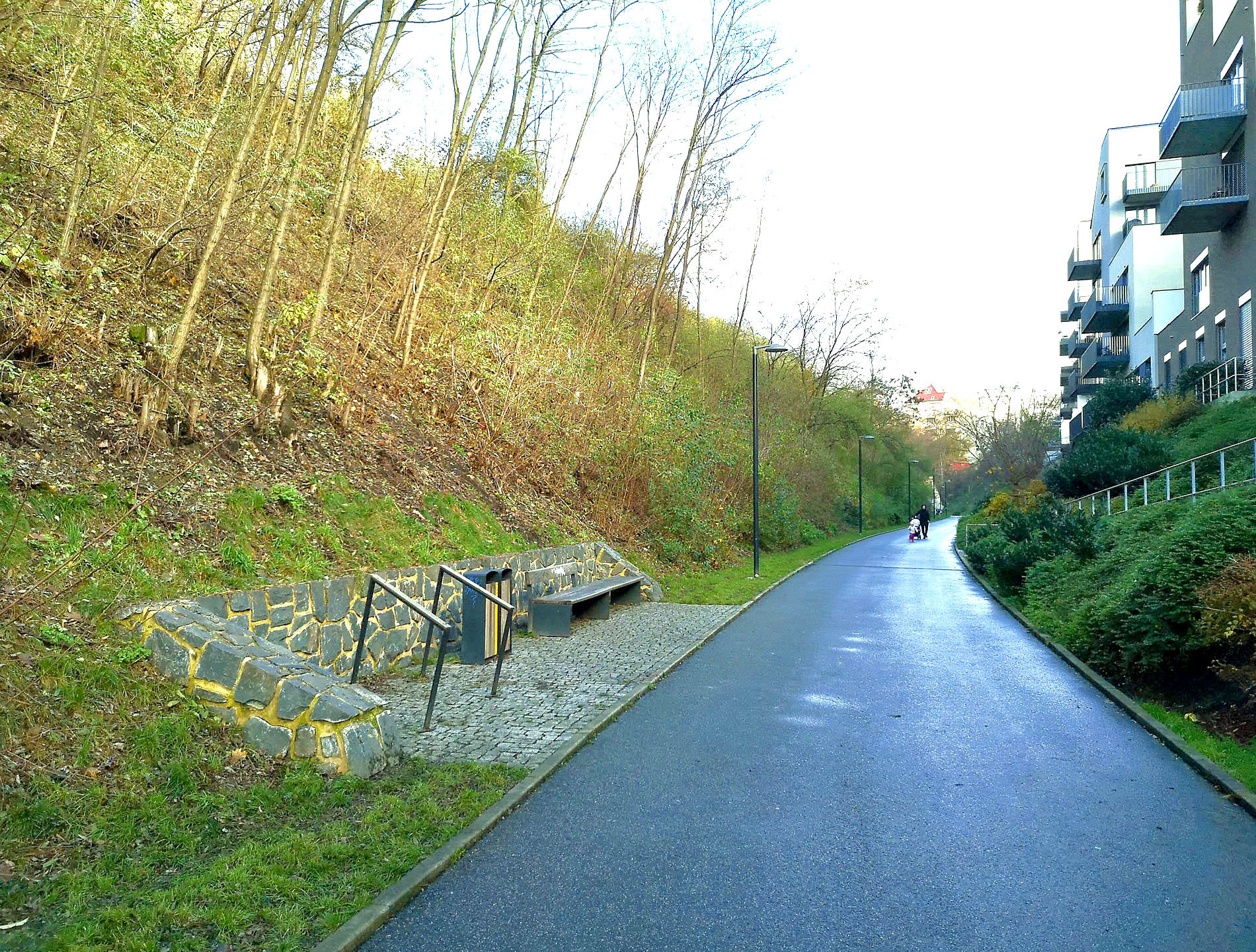
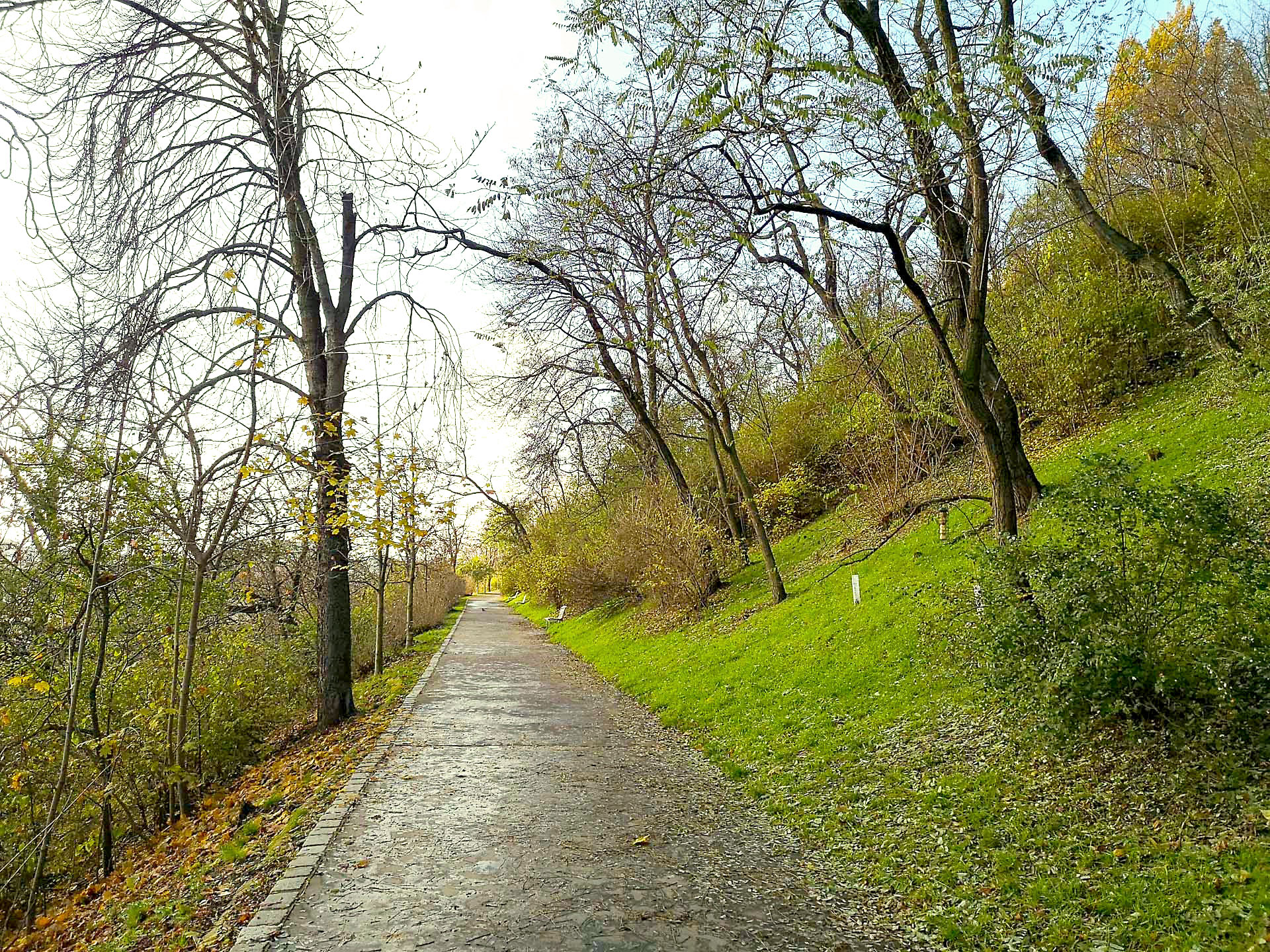
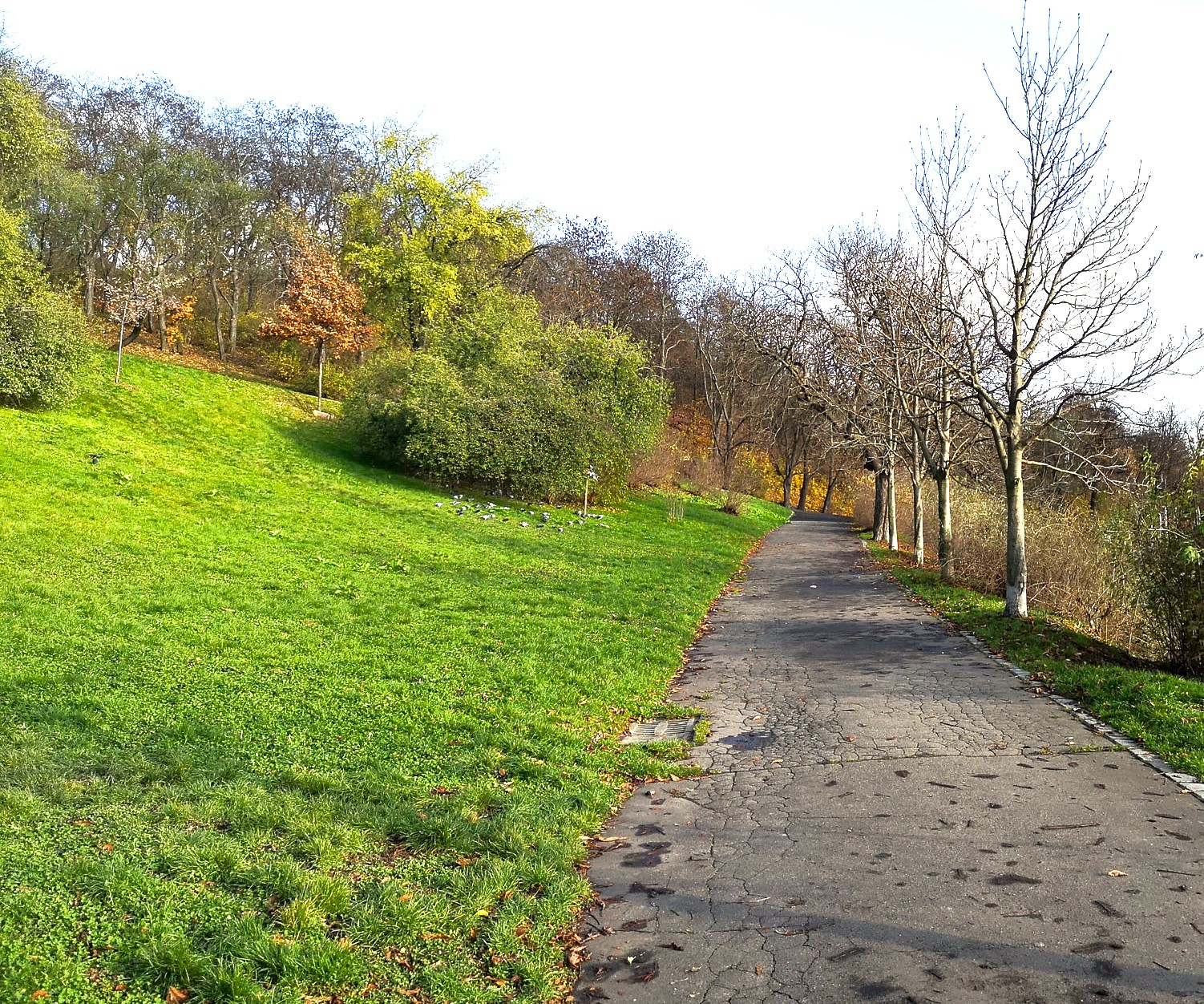
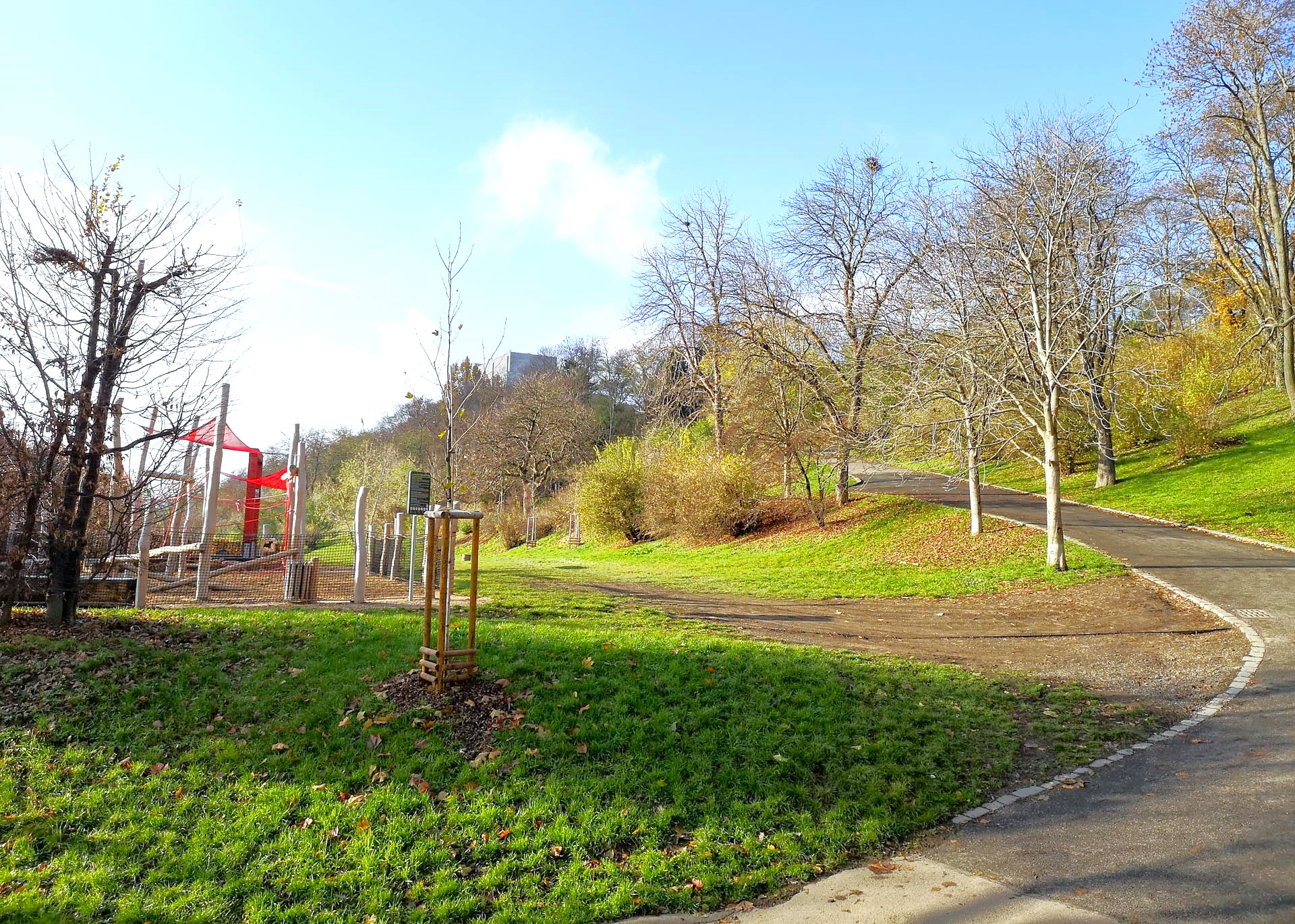
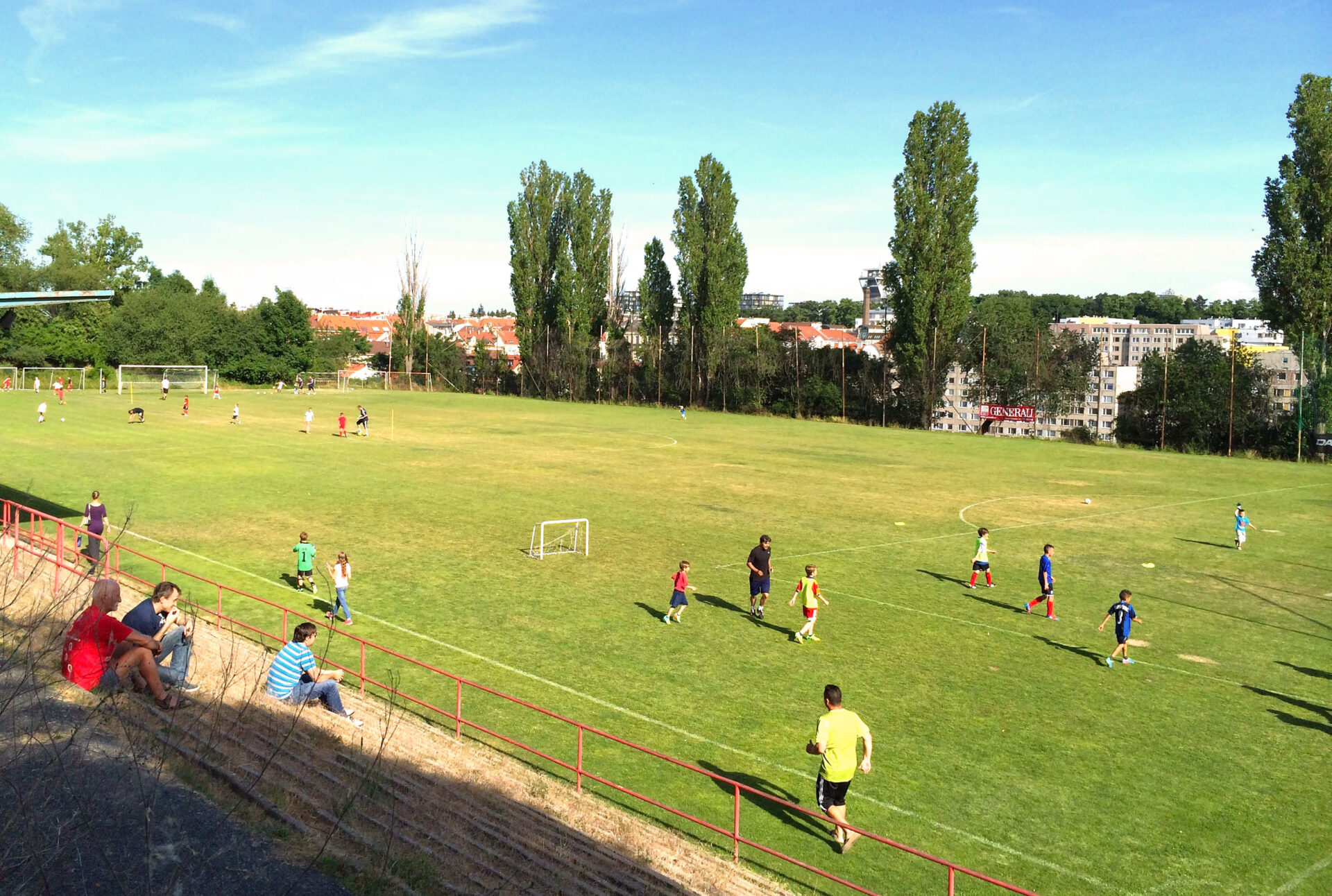
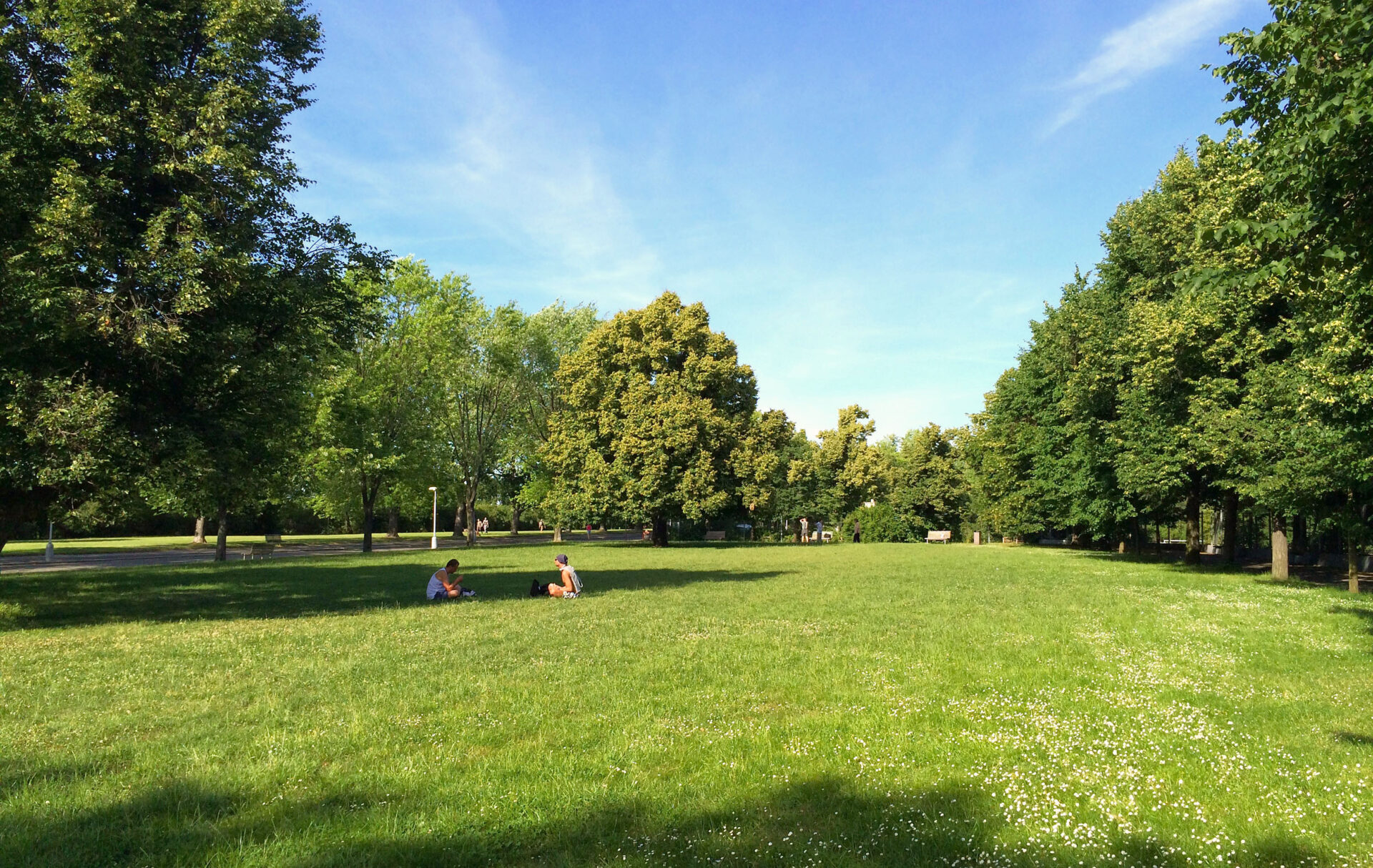
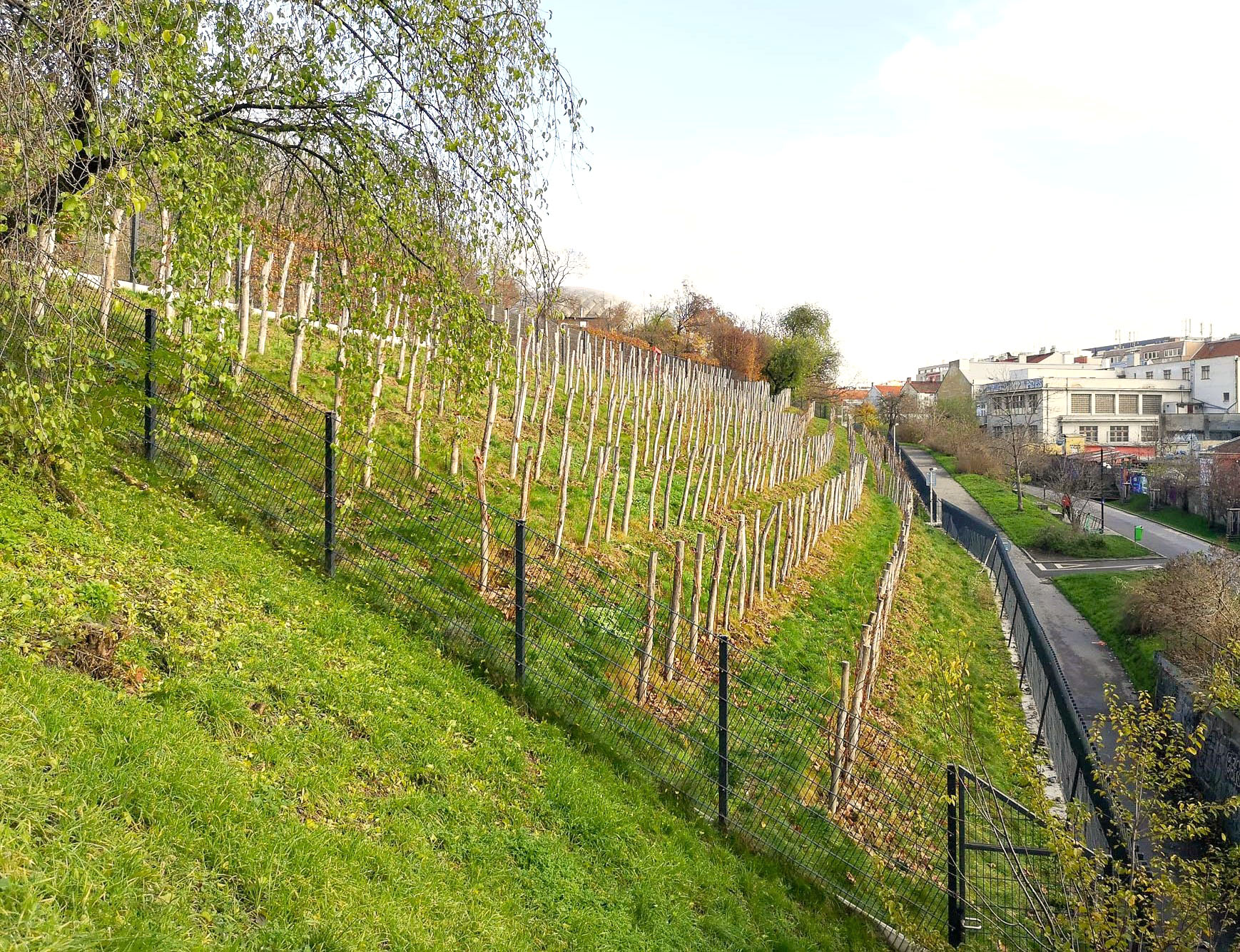
Vineyards
The walk will take you to the vineyards that were laid out on the hillsides here during the Middle Ages. Over time the grapevines were slowly replaced by buildings.
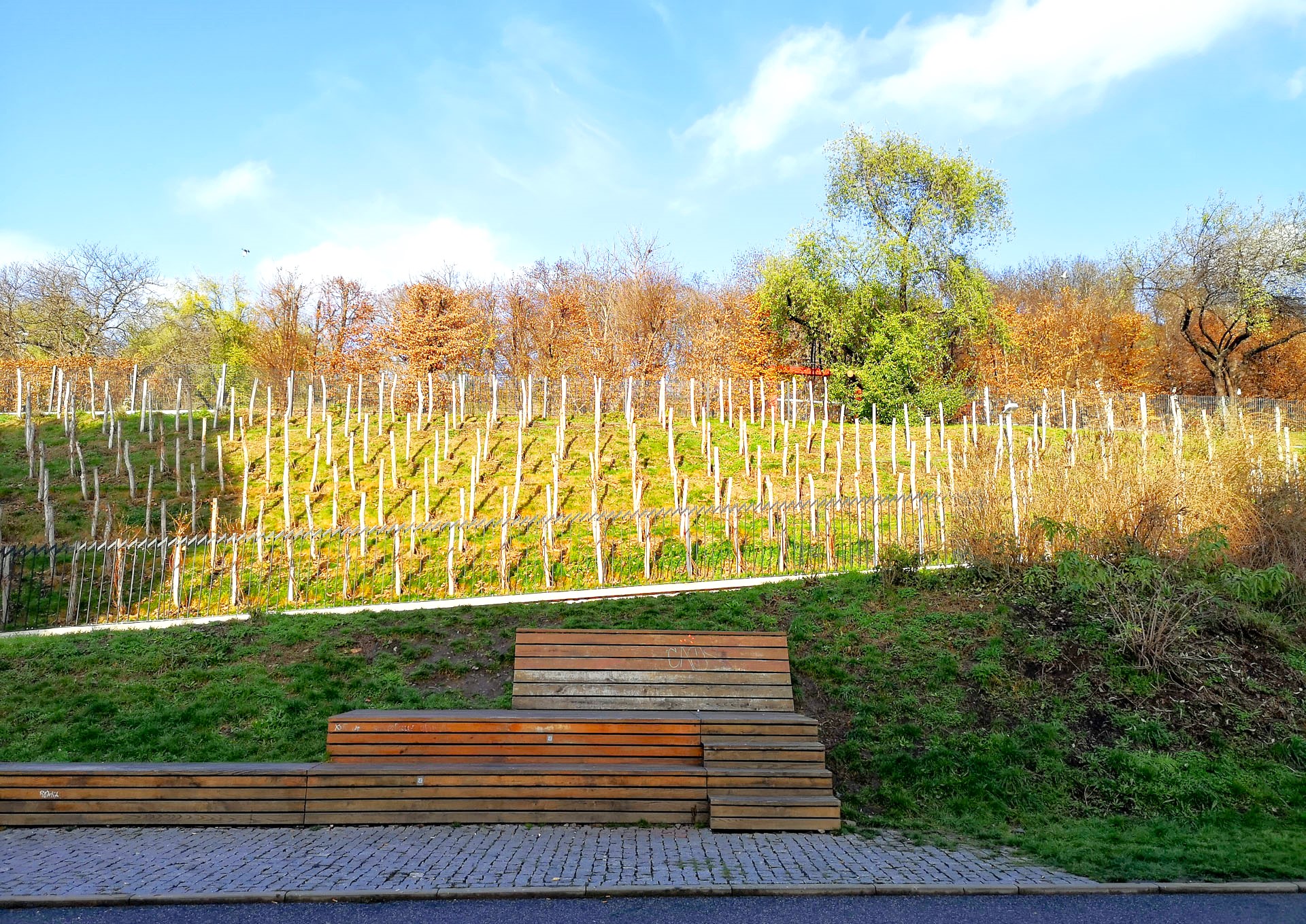
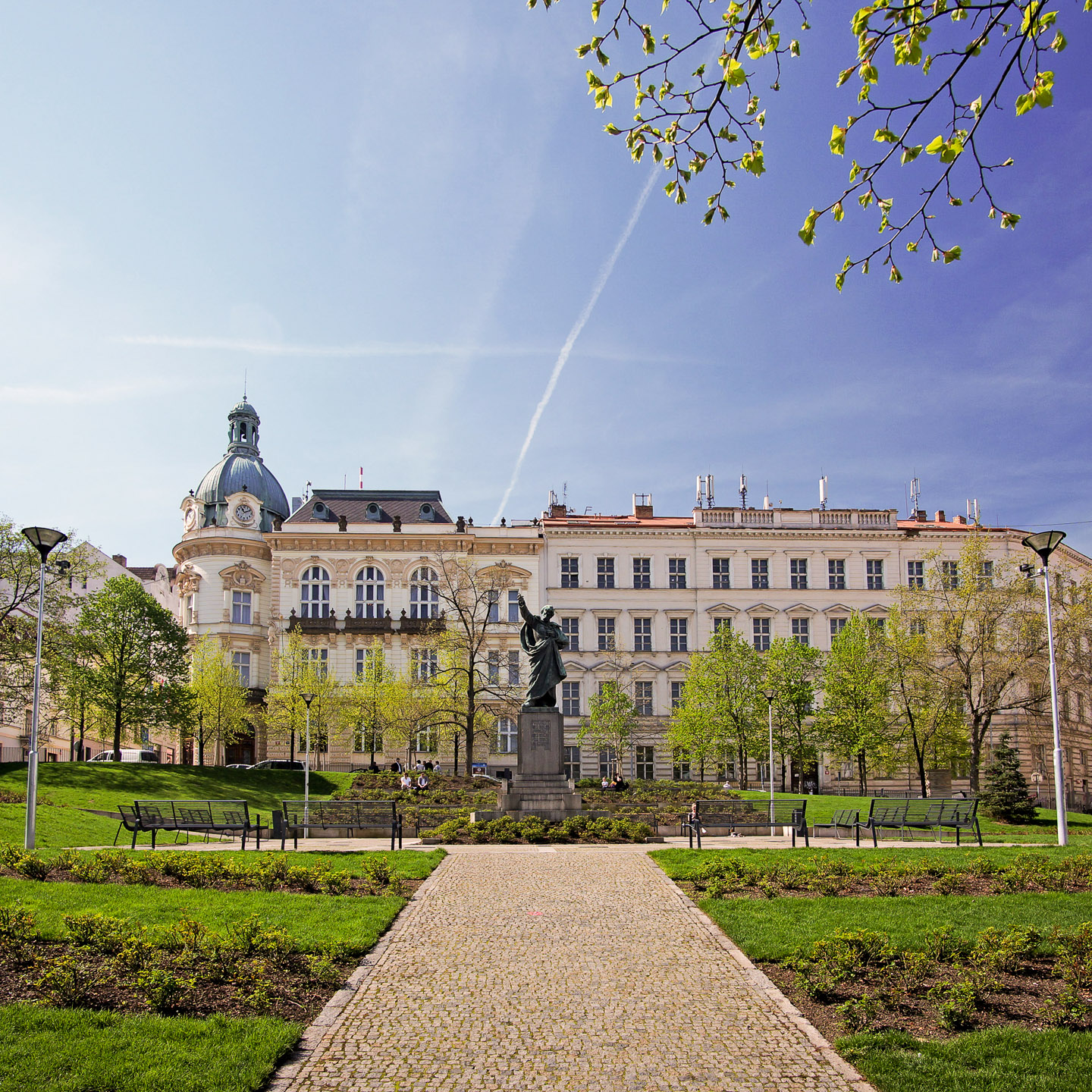
Havlíčkovo náměstí/Square
Havlíčkovo náměstí/Square, with its lovely park and flower beds, is graced in the middle with a statue of Karel Havlíček Borovský, Czech satirist, poet, and journalist. The corner building, in fine Historicist style, is the district town hall. Serving as the local administrative centre, it features an exhibition space and small inner courtyard with sculptural decorations.
Václav Havel, former president of Czech republic, got married twice at the Žižkov Town Hall.
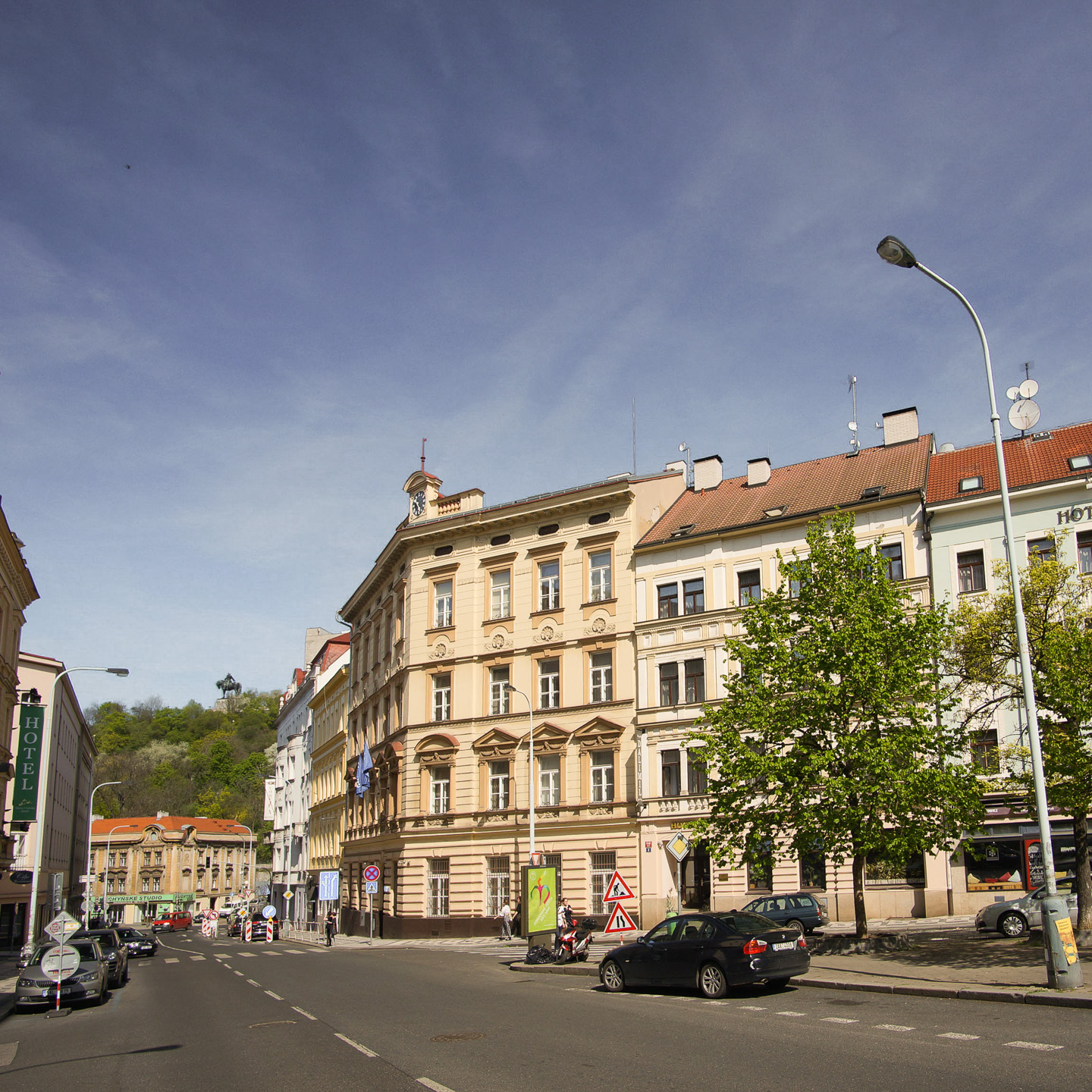
Prokopovo náměstí/Square
This square, shaped like a small triangle, is the ideal spot for small markets. In the middle is a monument to Jaroslav Hašek, the brilliant Czech writer and author of the multi-volume novel The Fateful Adventures of the Good Soldier Švejk During the World War who lived part of his life in the vicinity. Sculptor Karel Nepraš conceived the work as an unusual equestrian bust.
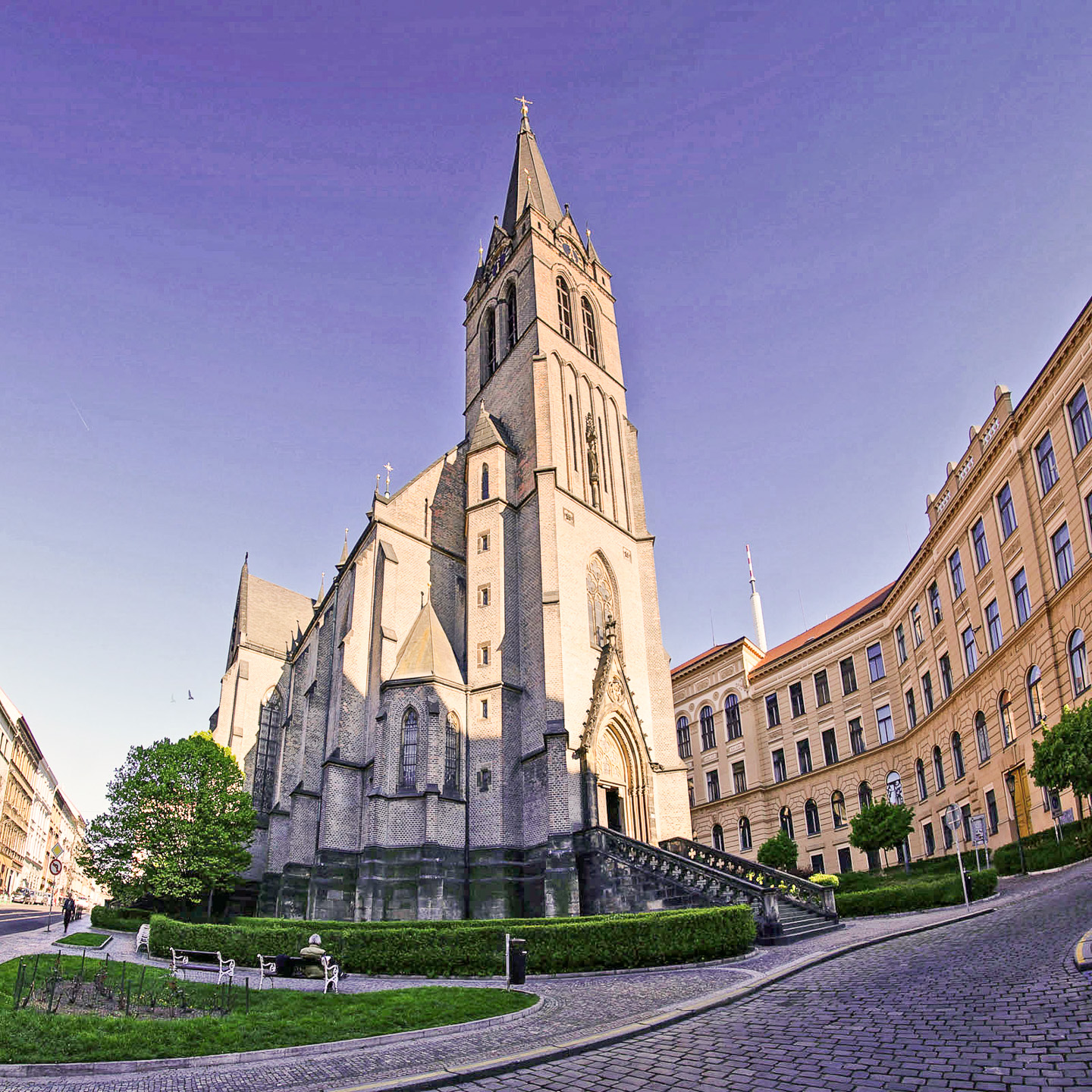
Church of St. Prokop
The church of St. Prokop is a remarkable sacral monument of the Prague quarter Žižkov situated on Sladkovský Square. The construction of the church of St. Prokop started on October 30th, 1898 on the occassion of the fiftieth anniversary of the reign of Franz Joseph I. The foundation stone was layed by cardinal František Schönborn. Before the church got its present name it was called Jubilee Church just because it was built on the occassion of the anniversasy. The construction was the work of two noted architects, Josef Mocker and František Mikš.
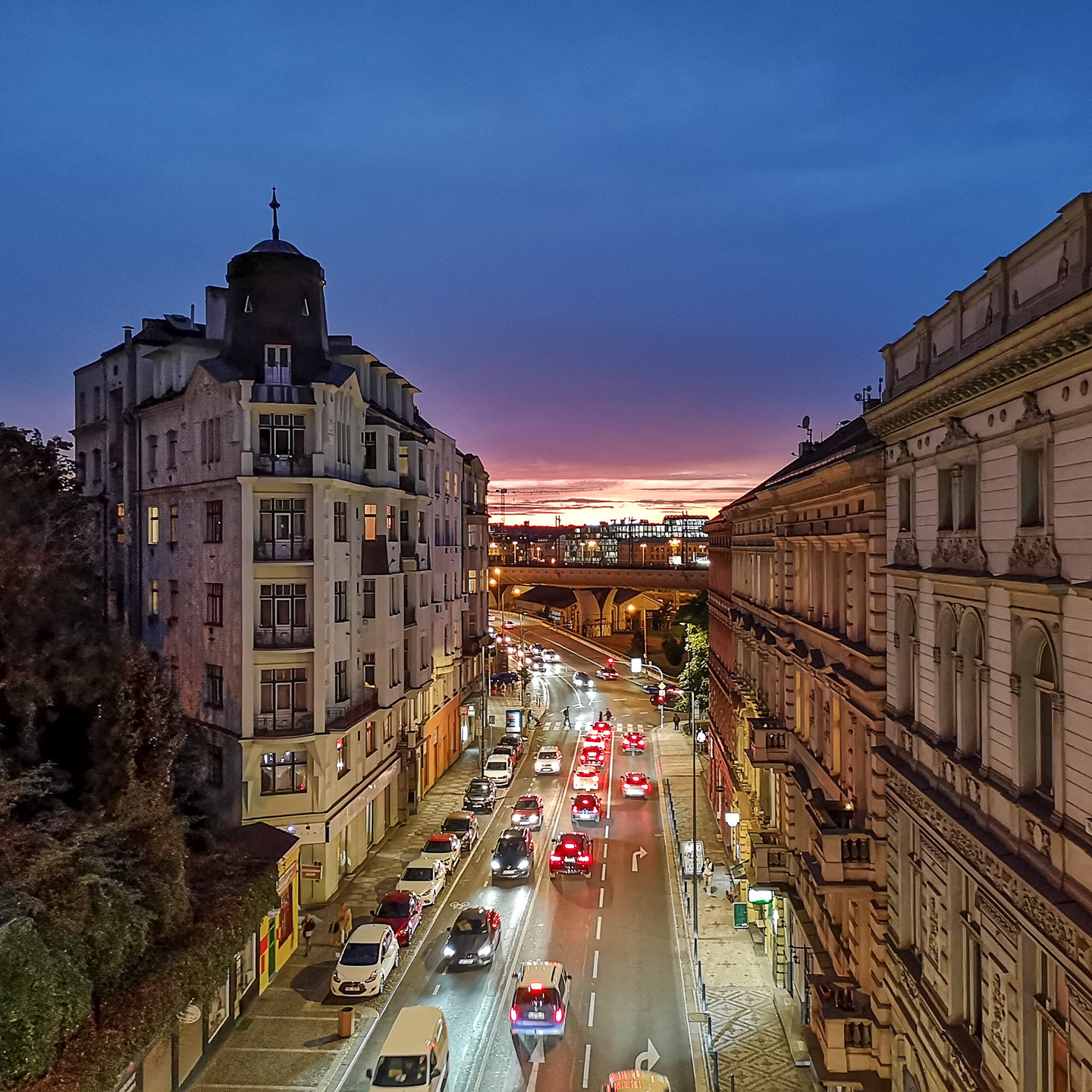
Husitská street
Husitská is one of the main arteries of Žižkov and has been named so since 1872. In the second half of the 19th century, tenement houses began to grow here, including those from the builder and first mayor Karel Hartig. There are several historically valuable buildings here. From 1883, the first Žižkov tram ran here. To this day, it is a lively street full of shops and quirky pubs. It ends at the border of the Old Town and directly connects Žižkov with the center. In the lower part, it is spanned by a bridge of the former railway, today adapted to a bicycle path. Husitská Street was renovated in 2018 and Koněvova Street was renovated in 2020–21.
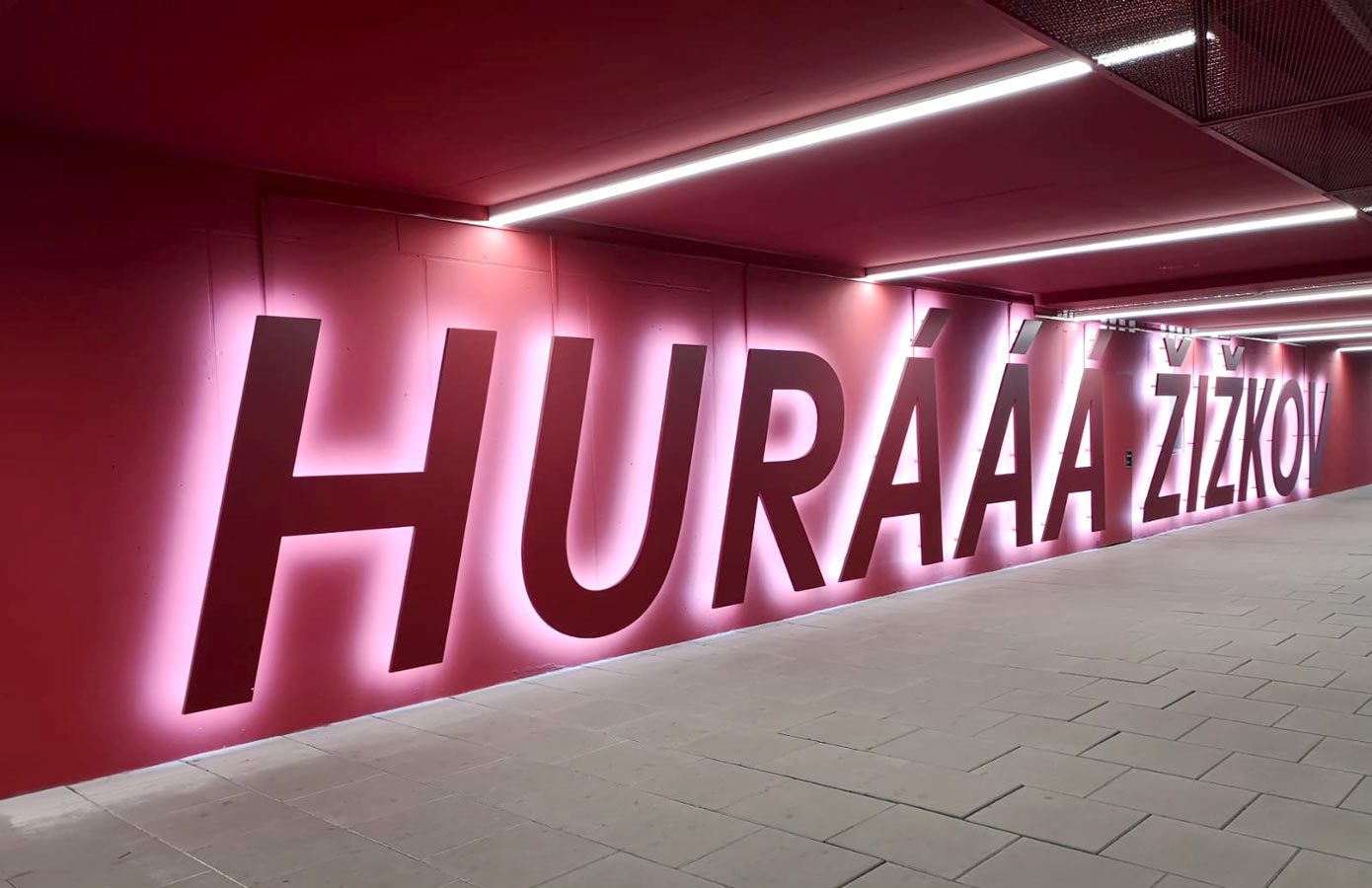
New underpass
Prague main station and Žižkov are now connected by a new underpass.
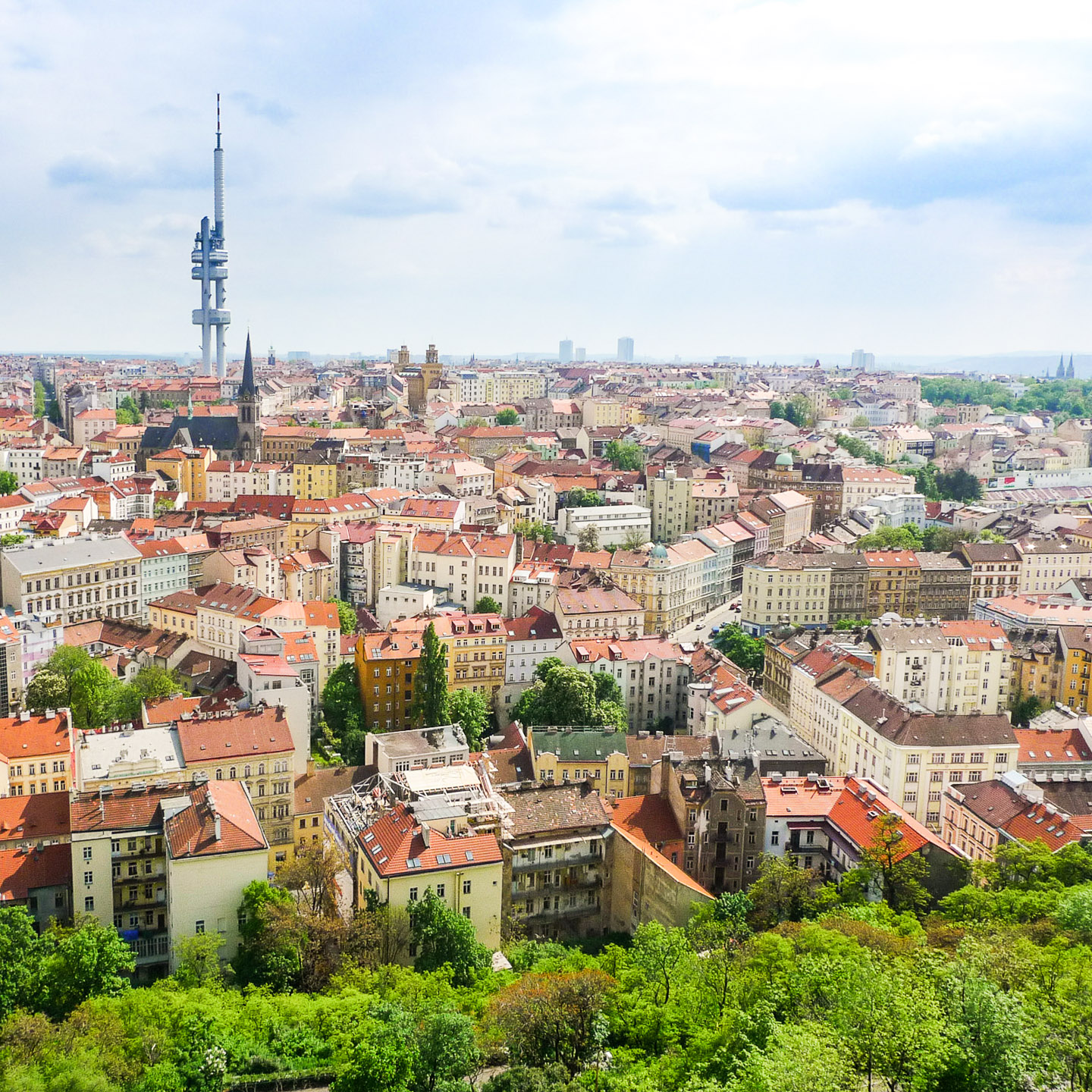
View of the Žižkov Television Tower
The Žižkov Television Tower is a transmitter tower built in Prague between 1985 and 1992. Designed by the architect Václav Aulický and the structural engineer Jiří Kozák,it stands high above the city’s traditional skyline from its position on top of a hill in the district of Žižkov, from which it takes its name. The tower is an example of high-tech architecture. The structure of the tower is unconventional, based on a triangle whose corners go up in steel columns, consisting of three tubes with a double steel wall, filled with concrete. They support nine ‘pods’ and three decks for transmitting equipment. One of the three pillars extends considerably higher than the others, providing both the necessary height for radio antennas and the structure’s rocket and gantry appearance. In its time it was a unique technology, which authors have patented.The tower stands 216 metres (709 feet) high, with the observatory at 93 metres, the hotel room at 70 metres, restaurants (with a capacity of 180 people) at 66 metres. Three elevators transport passengers at a speed of 4 m/s.Three of the pods, positioned directly beneath the decks at the top, are used for equipment and are inaccessible to the public. The remaining six pods are open to visitors, providing a panoramic view of Prague and the surrounding area. The lower three, approximately half-way up the length of the pillars at 63 metres (207 feet), house a restaurant and café bar.Construction of the tower cost $19 million. It weighs 11,800 tonnes and is also used as a meteorological observatory. It is a member of the World Federation of Great Towers.

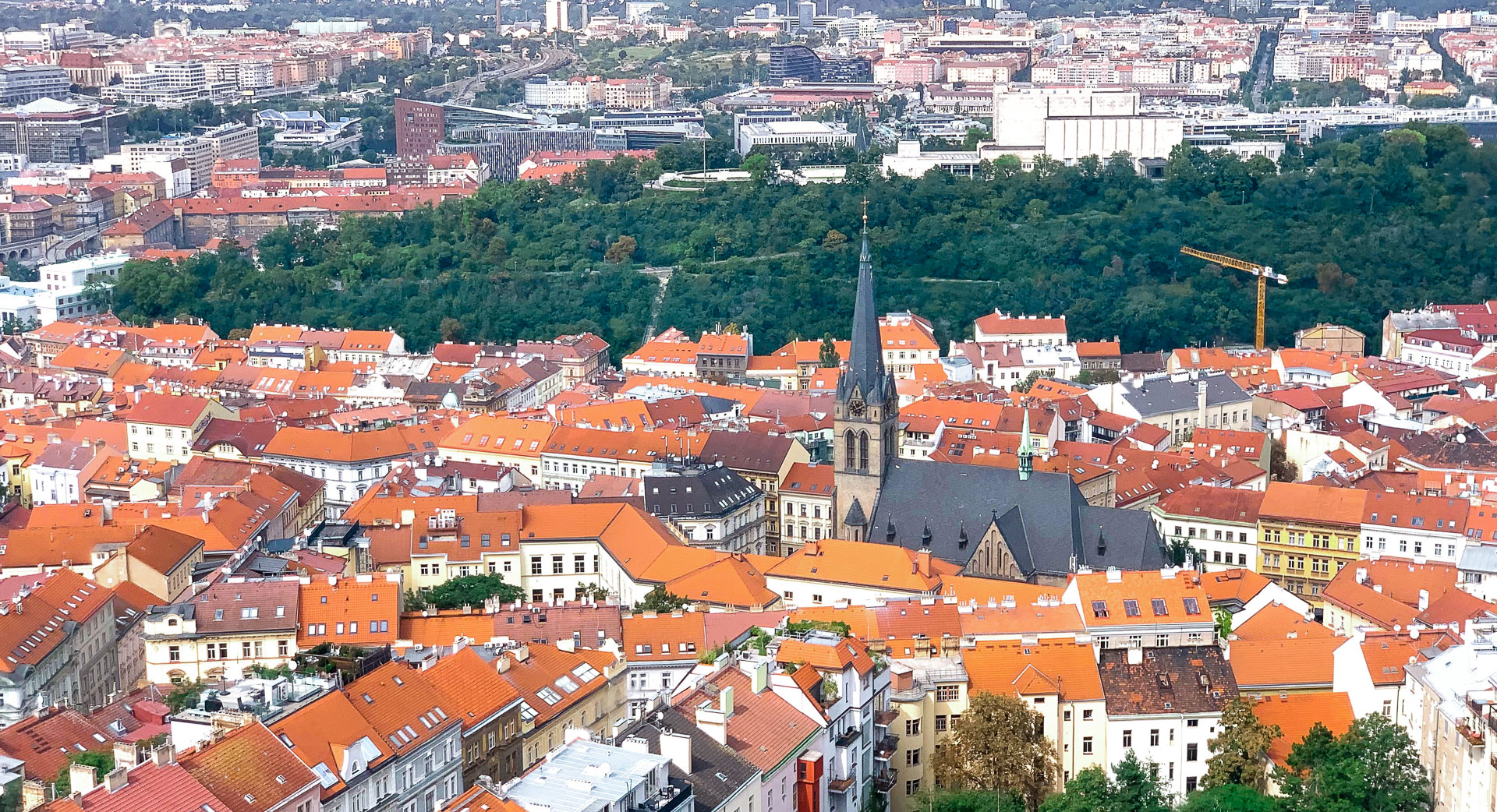
View from the Žižkov Television Tower
This view is dominated by the tower of St. Prokop’s church and on the right a crane marks the building site of the VITKOVIA CENTRUM.
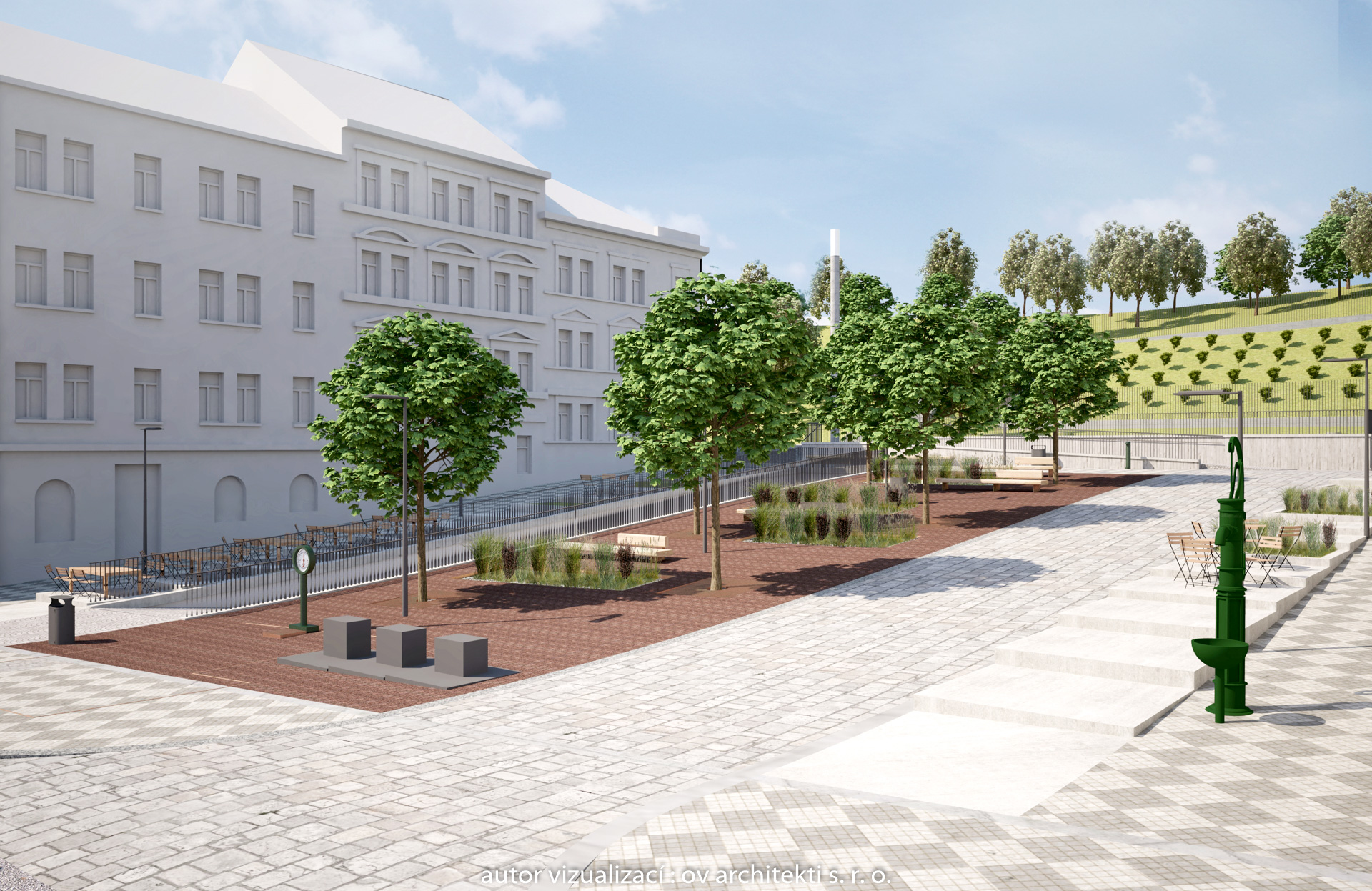
Tachovské Square
Not large Tachovské Square in Žižkov, at the moment under reconstruction, is situated opposite to Chlumova Street, in the point where Husitská Street ends and Koněvova Avenue starts. The original name of the square, which was valid from 1875 to 1958, was the Square of Žižka, after the famous Czech commander and politician, Jan Žižka of Trocnov (around 1360-1424). In 1958 it was renamed to Tachovské Square, which has been effective till now.
Tradition of Žižkov is reflected in both of the names. Names of most squares and streets in Žižkov are related to the era of Hussite movement, either to its prominent representatives or places related to this historical era. The Hussites fought one of their victorious battles at the town of Tachov, in the west of Czech country.
Another reminder of tradition of the ‘Žižkov Republic’, as the local patriots call this typical Prague district, maybe rather funny, is the fact that in such a small square there are two restaurants in the floors of houses in the north-western and north-eastern sides.
From the square there is an access to the hill of Vítkov and the local orchards via park road. This place, from where there are beautiful views of Prague, is a very popular place for short-term relax.
